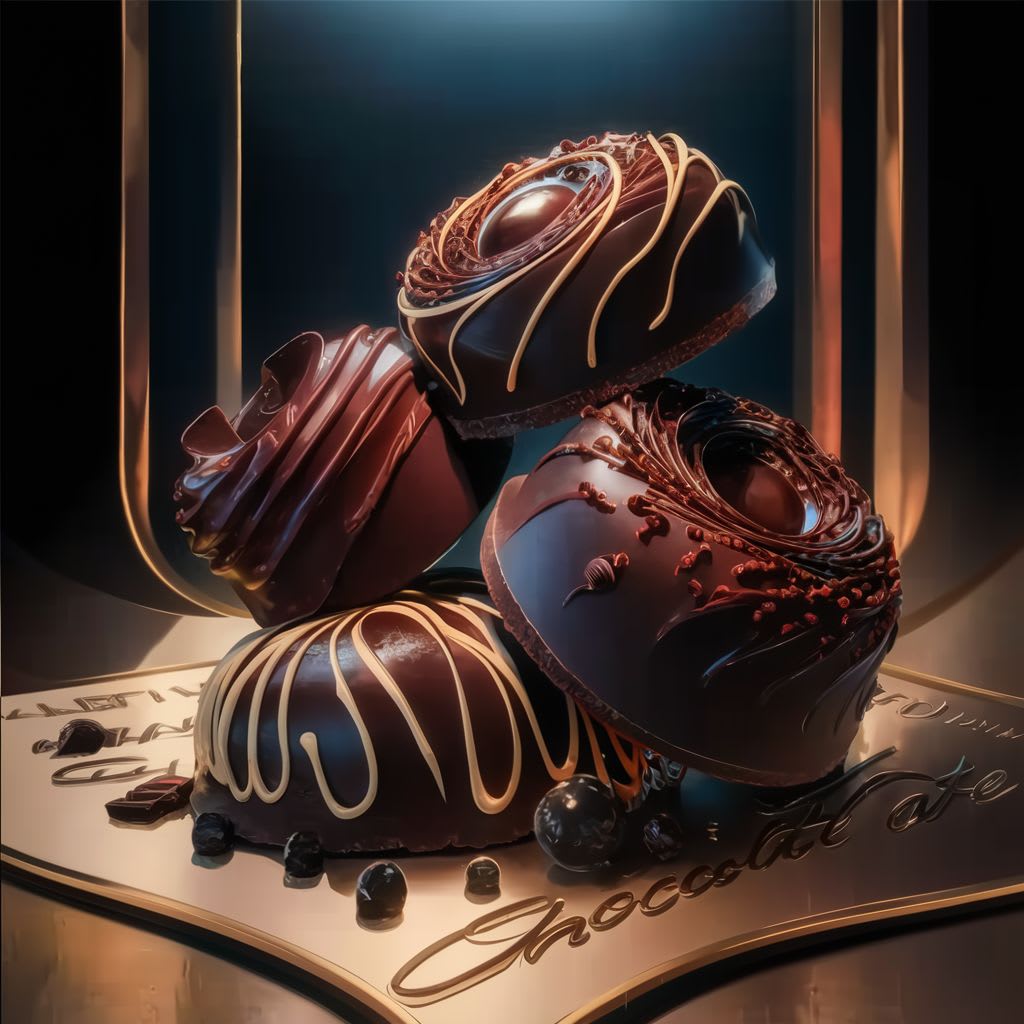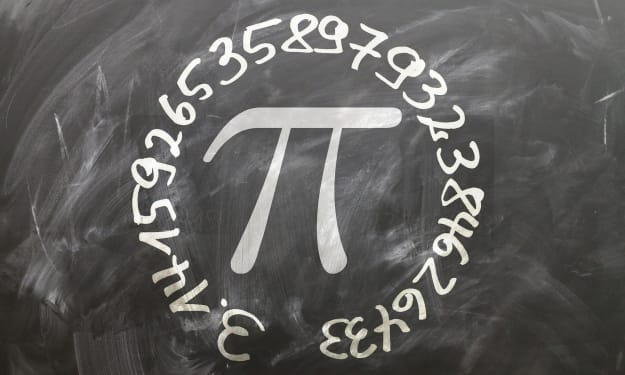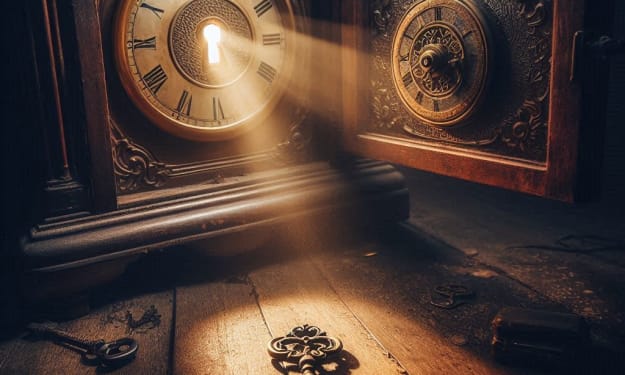
Chocolate. The mere mention of the word conjures up images of creamy indulgence, rich aromas, and decadent treats. However, the story of chocolate goes far beyond its deliciousness. It's a captivating journey that stretches back millennia, weaving together history, culture, and science to create a truly fantastic tale.
A Journey Through Time: From Aztec Delights to Global Phenomenon
Our story begins in the heart of Central and South America, where the cacao tree, the source of all things chocolate, thrived in the lush rainforests. As early as 1500 BC, the Olmec civilization, considered the mother culture of Mesoamerica, is believed to have consumed fermented cacao beverages. By the rise of the Aztecs in the 14th century AD, cacao beans had become deeply ingrained in their culture. They valued them not only as a source of nutrition and energy, but also as a form of currency and a sacred offering to their gods. They called it "xocolatl," a word that translates to "bitter water."
The Spanish conquistadors, upon encountering this strange new beverage in the 16th century, were initially unimpressed by its bitter taste. However, they soon discovered its potential when they added sugar and cinnamon, transforming it into a more palatable and addictive drink. This "chocolat" soon became a prized possession in Europe, enjoyed by the elite and gradually making its way down the social ladder.
Over the centuries, chocolate underwent a fascinating evolution. In the 18th century, the invention of the cocoa press allowed for the separation of cocoa butter from cocoa solids, paving the way for solid chocolate. The 19th century saw the birth of the iconic chocolate bar thanks to the genius of Swiss chocolatier Daniel Peter, who successfully combined cocoa powder with condensed milk. Today, chocolate has become a global phenomenon, enjoyed in countless forms, from creamy truffles to decadent cakes, and consumed by billions around the world.
Beyond the Deliciousness: The Cultural Significance of Chocolate
Chocolate's journey transcends mere culinary history. It has been intricately woven into the cultural fabric of various societies throughout time. In Mesoamerican cultures, cacao beans served as a symbol of wealth and power, used in ceremonies, rituals, and offerings. The Aztecs even believed that the cacao tree was a gift from the god Quetzalcoatl. In Europe, chocolate was initially associated with the upper classes, signifying luxury and exclusivity. As its popularity grew, however, it became a symbol of celebration, romance, and indulgence.
But chocolate's cultural footprint extends beyond its symbolic value. In many parts of the world, particularly in Africa, where much of the world's cocoa is now grown, chocolate production is deeply embedded in the social and economic landscape. However, the history of chocolate production has also been marred by exploitation and unfair labor practices. As we move forward, it is crucial to ensure that the production of this beloved treat is fair and sustainable, supporting the communities that cultivate and harvest its precious source: the cacao bean.
The Science Behind the Delight: Unveiling the Magic of Chocolate
Chocolate's ability to captivate our taste buds is a result of a complex interplay of science and chemistry. The cacao bean is a treasure trove of over 300 different chemical compounds, including theobromine and caffeine, which contribute to its stimulating effect. However, the true star of the show is a group of chemicals called flavanols, particularly cocoa flavanols, which are responsible for chocolate's health benefits, including improved blood flow, cognitive function, and mood.
Furthermore, the unique texture and mouthfeel of chocolate is a result of the presence of cocoa butter, a natural fat that melts at around body temperature, creating that oh-so-satisfying sensation. The roasting process of the cacao beans also plays a crucial role in developing the characteristic flavor profile of chocolate, with different roasting techniques and bean varietals leading to a diverse spectrum of taste experiences.
A Legacy of Enchantment: The Enduring Allure of Chocolate
From its ancient origins to its contemporary global presence, the story of chocolate is a testament to its enduring allure. It is a tale of cultural exchange, scientific discovery, and perhaps most importantly, a celebration of the human desire for experience and enjoyment. As we continue to explore the possibilities of this versatile ingredient, the enchanting tale of chocolate continues to unfold, offering endless possibilities to tantalize our taste buds and spark our curiosity.





Comments
There are no comments for this story
Be the first to respond and start the conversation.